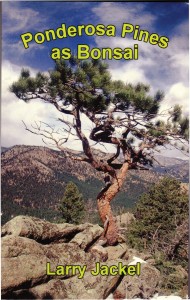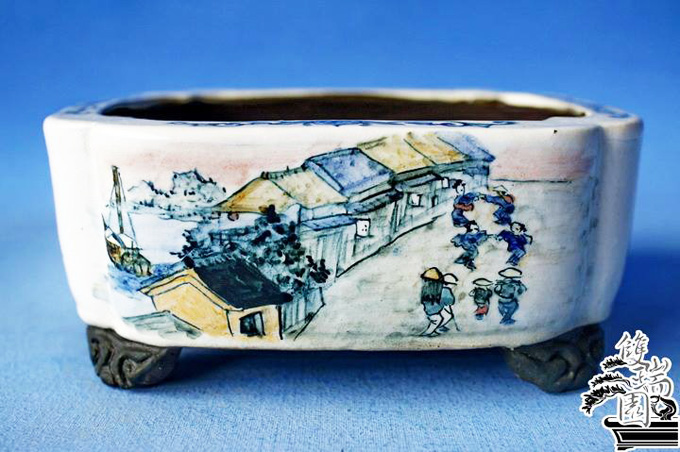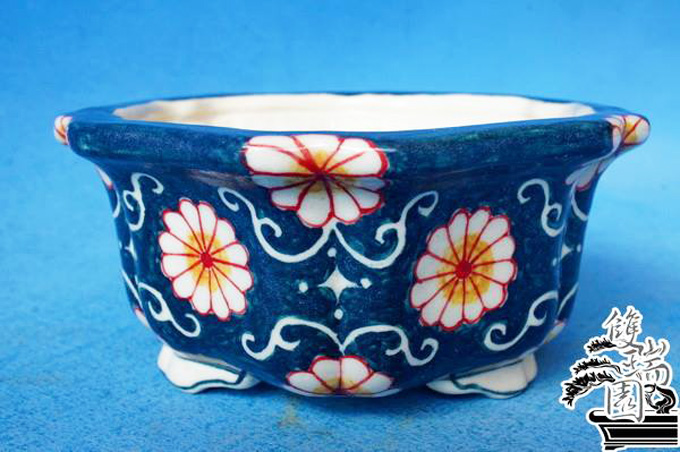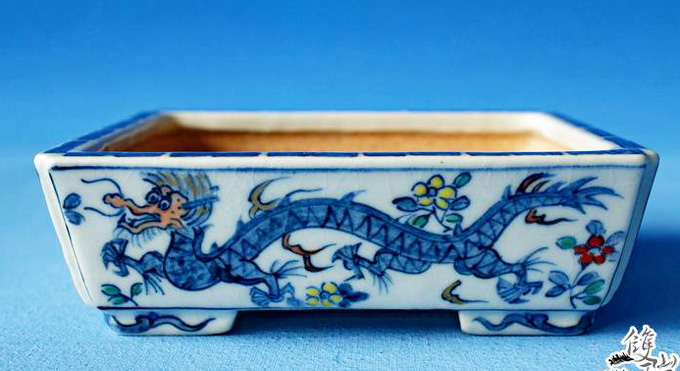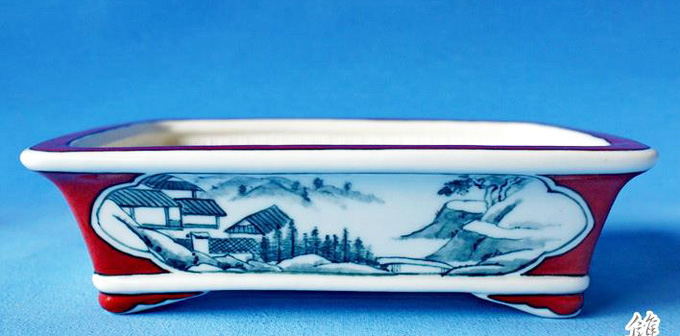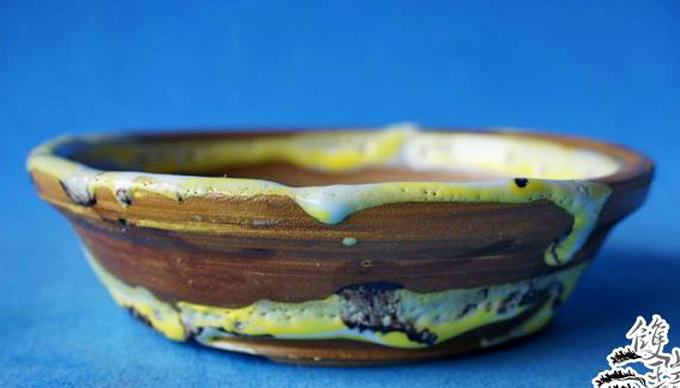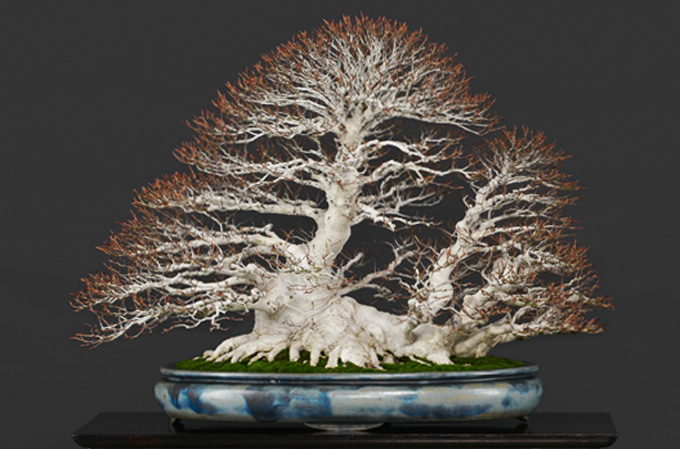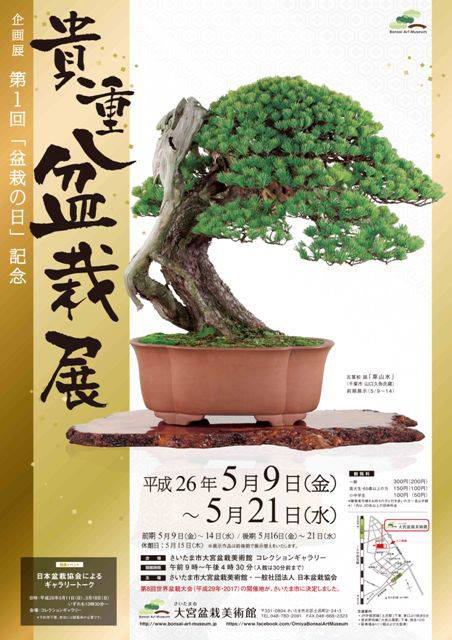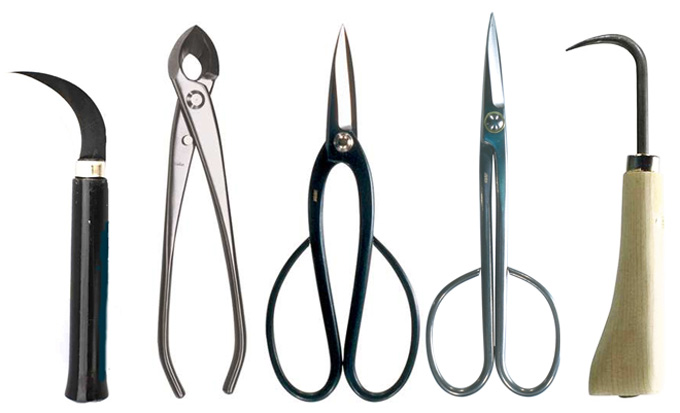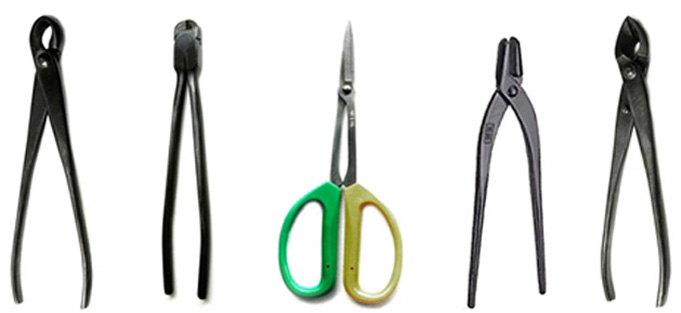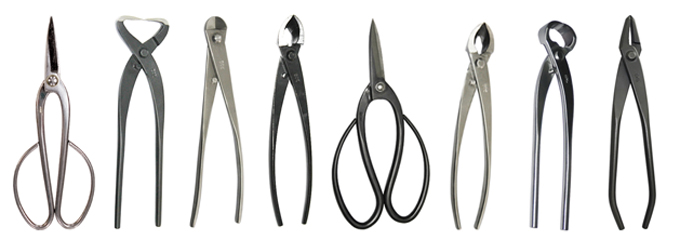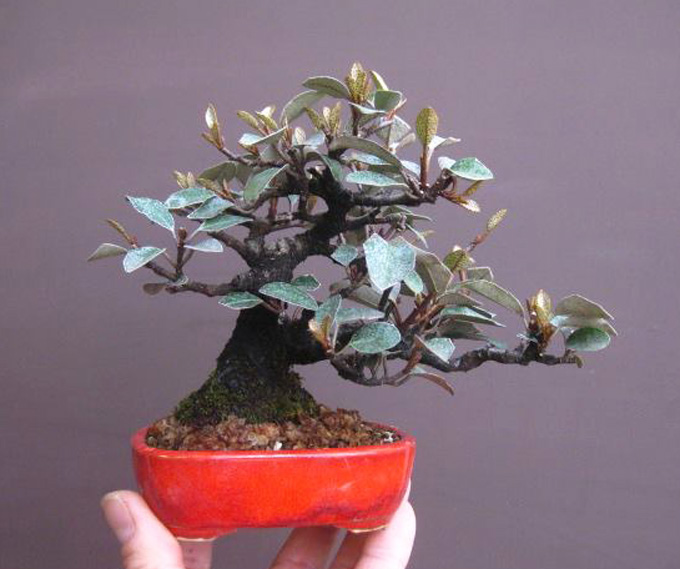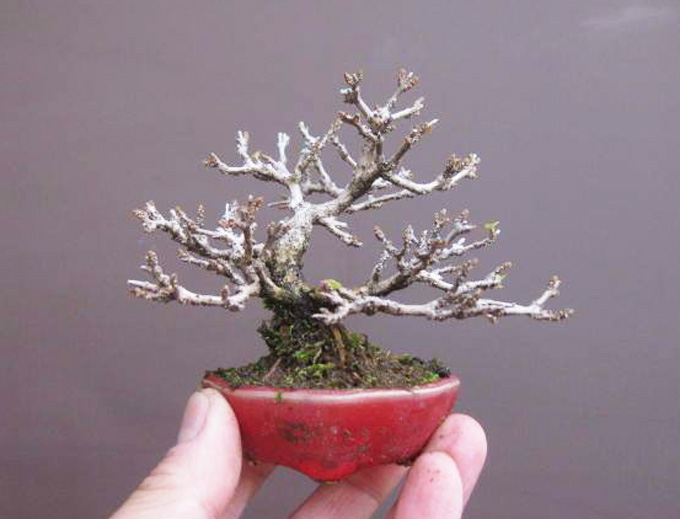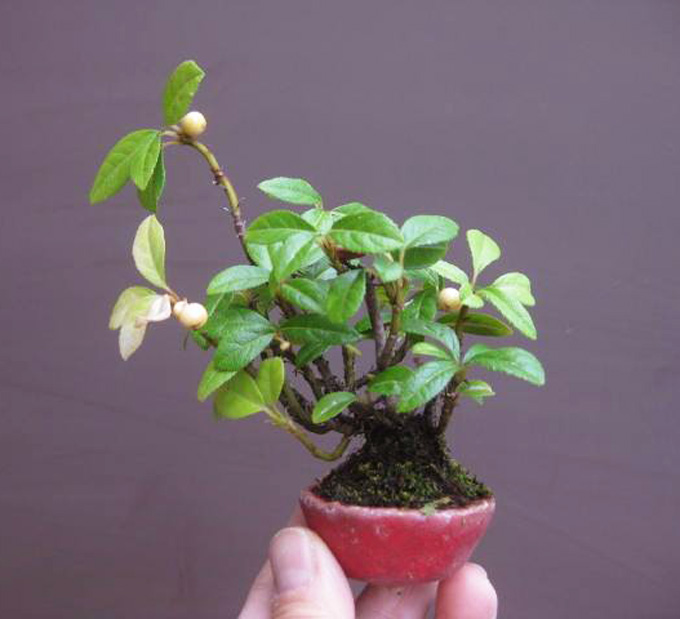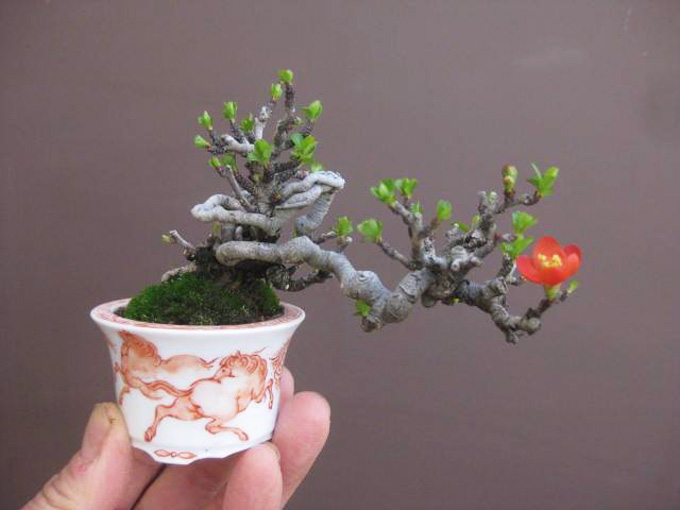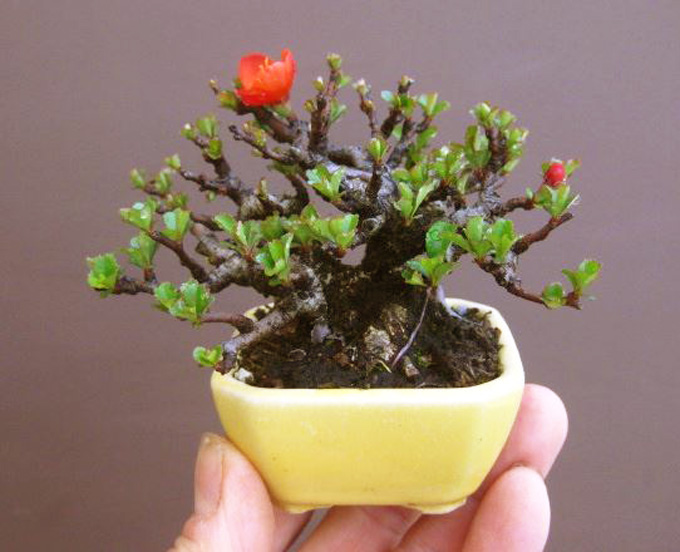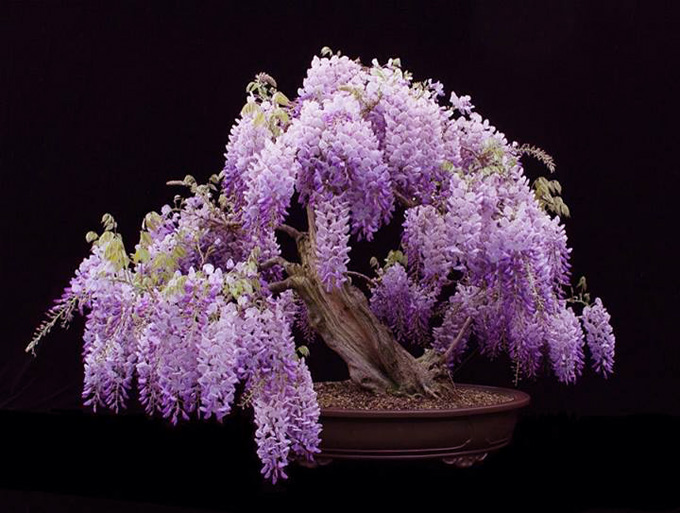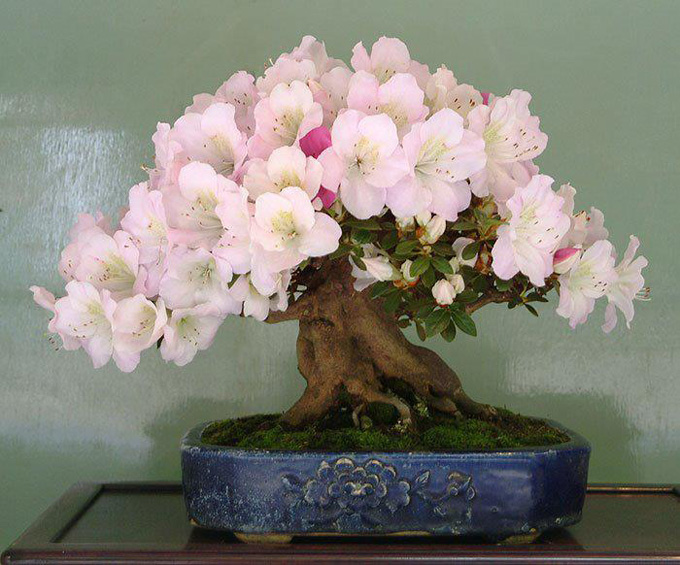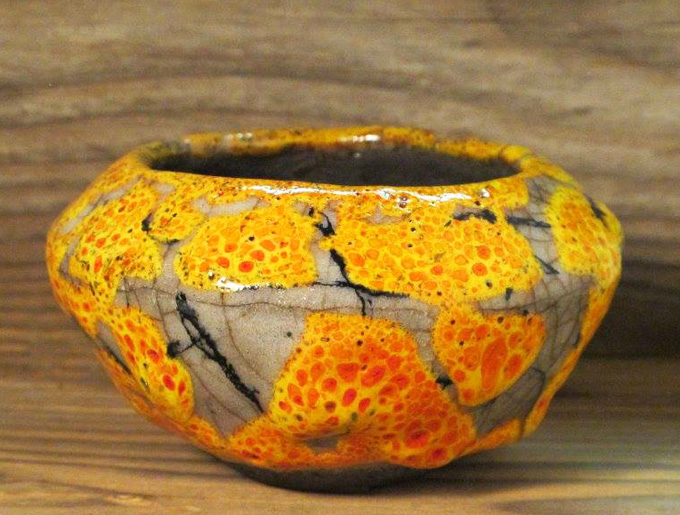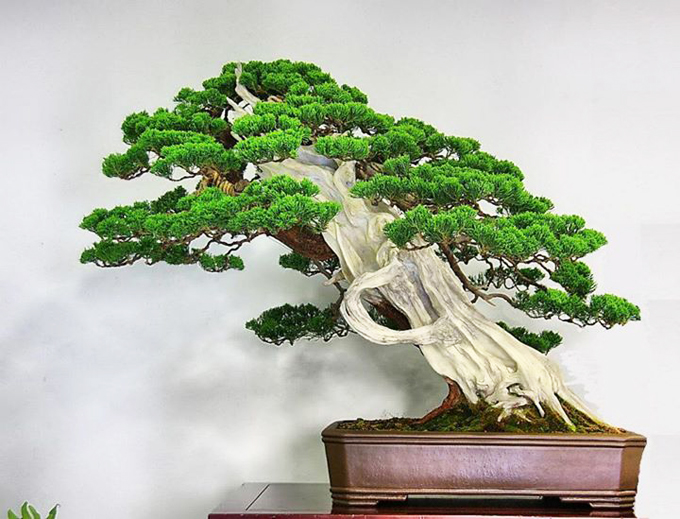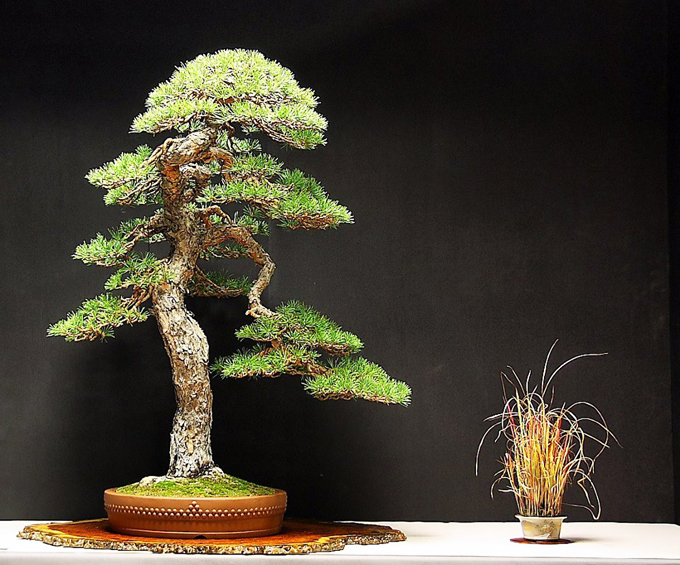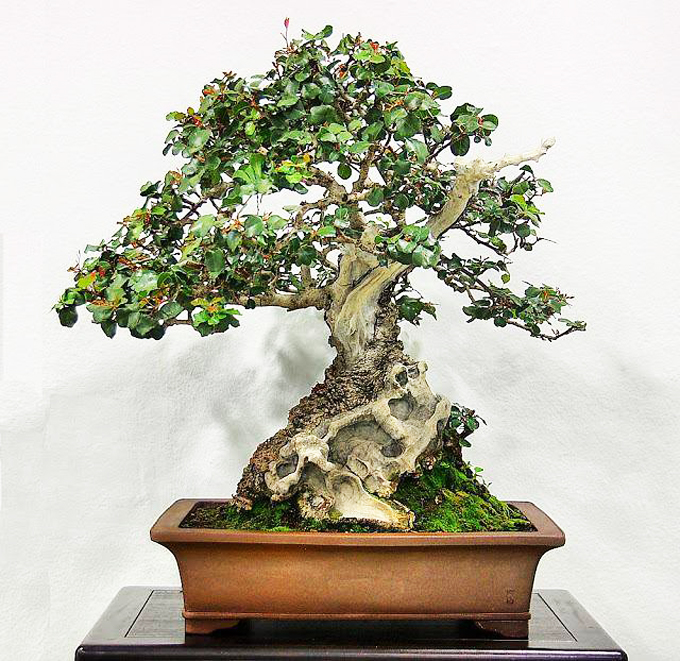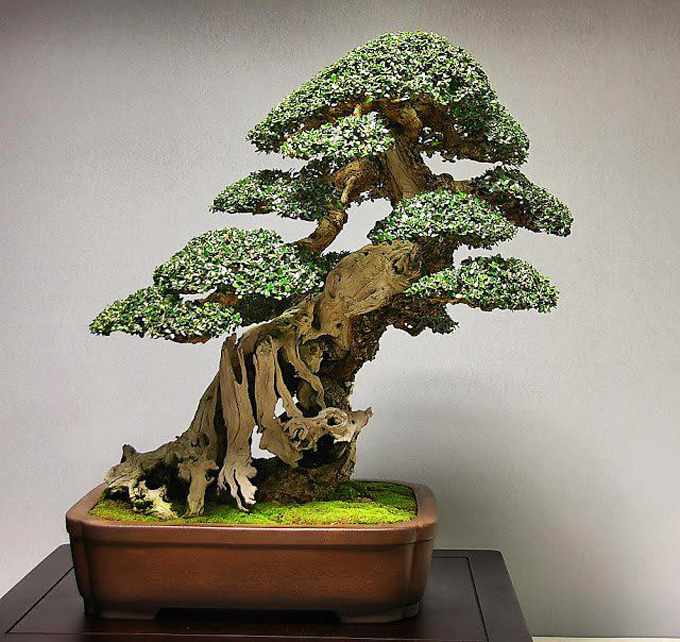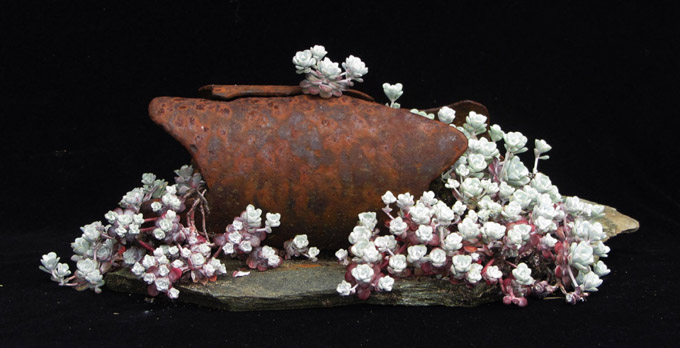 This unusual gem is part of an excellent selection of Kusamono from Tony Tickle’s garden. In Tony’s own words… “I have a large collection of dwarf Hostas, these flourish in my rather damp garden, in summer the other Kusamono come into flower and leaf. Here are a few they include Astilbie, Thrift and sedums. Most of the Pots are from my friend Dan Barton but there are pots from Gordon Duffet and many other European Potters.” Five of the nine photos in this post are Tony’s.
This unusual gem is part of an excellent selection of Kusamono from Tony Tickle’s garden. In Tony’s own words… “I have a large collection of dwarf Hostas, these flourish in my rather damp garden, in summer the other Kusamono come into flower and leaf. Here are a few they include Astilbie, Thrift and sedums. Most of the Pots are from my friend Dan Barton but there are pots from Gordon Duffet and many other European Potters.” Five of the nine photos in this post are Tony’s.
One of the great things about companion plants (Kusamono or Shitakusa) is that they don’t need the same high degree of technical skill that quality bonsai require. What is needed is the right pot and just a touch of art. The right plant too. Though if you pay attention, the right plant exists almost everywhere in the wild or even in your garden. As well as nurseries, flower shops and similar places.
Here’s what Wikipedia has to say. Kusamono (literally “grass thing”) and shitakusa (literally “undergrass”) are a potted collection of plants designed to either be viewed in accompaniment with bonsai, or alone. Normally the term kusamono is used when the planting is displayed as the center of attention, while the term shitakusa is used for plantings that accompany bonsai displays.[1] In contrast to underplantings (which are potted in with the bonsai), kusamono and shitakusa are displayed separately in special pots, driftwood, or even stones.
Plants used are typically moss, grass, lichen, small flowers, bamboo, or bulbs, that may heighten the beauty or reflect a certain season. While traditionally in Japan, plants gathered from mountains contributed to the bulk of companion plantings, modern use has extended to more creative and artistic design.
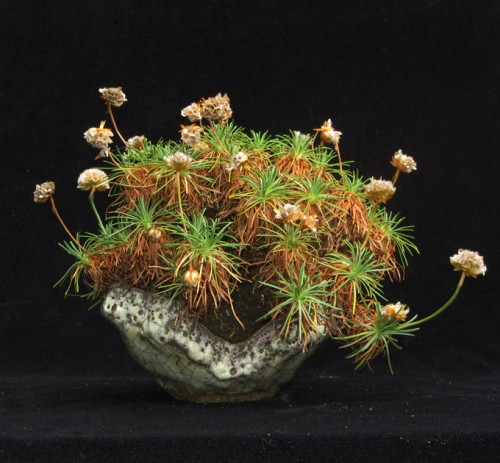 Another one from Tony Tickle’s garden.
Another one from Tony Tickle’s garden.
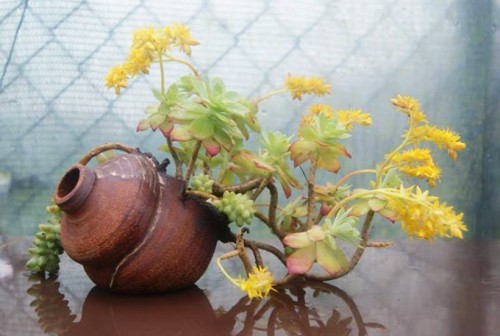 I like the casual look. Like a plant that colonized a broken pot that someone threw away. The photo is from an album titled Kusamono by Yoyoh Hernandez that was posted on facebook by Luis De Macedo Rodrigues.
I like the casual look. Like a plant that colonized a broken pot that someone threw away. The photo is from an album titled Kusamono by Yoyoh Hernandez that was posted on facebook by Luis De Macedo Rodrigues.
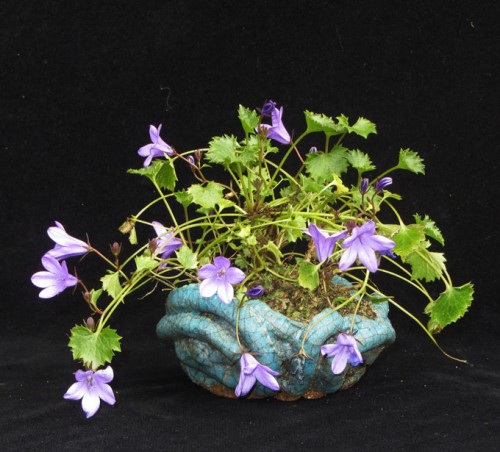 Another of Tony Tickle’s. Sweet plant, great pot. I wonder who made it.
Another of Tony Tickle’s. Sweet plant, great pot. I wonder who made it.
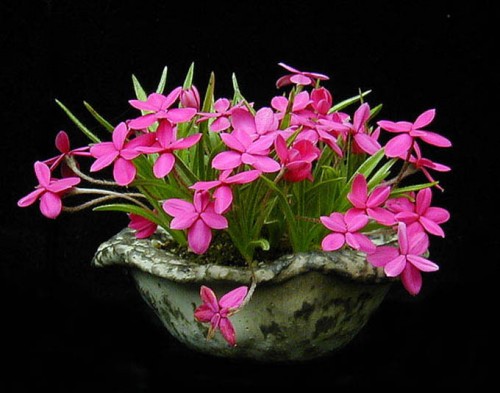 Brilliant flowers, nice pot. This colorful planting is by Delphine. It appears on her Paradise Express blog.
Brilliant flowers, nice pot. This colorful planting is by Delphine. It appears on her Paradise Express blog.
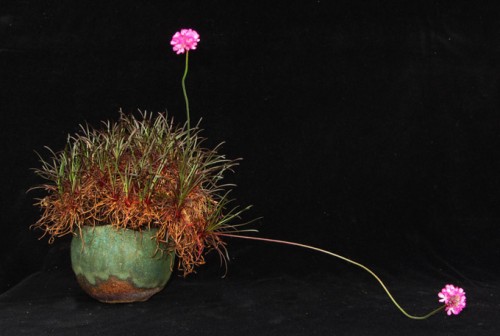 And one more from Tony’s garden. This one has a lot to like. Not the least of which is the natural look that is enhanced by leaving the dead growth around the base and by the casual simplicity of the pot.
And one more from Tony’s garden. This one has a lot to like. Not the least of which is the natural look that is enhanced by leaving the dead growth around the base and by the casual simplicity of the pot.
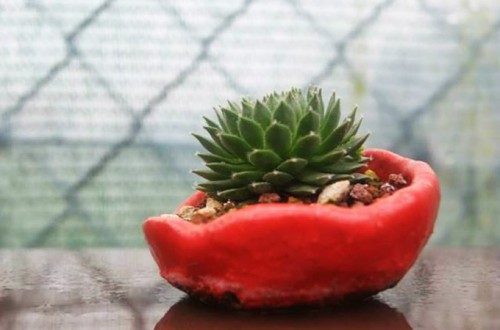 We’ve been showing and discussing red pots lately and this one most certainly qualifies. I would like see a plant more suited to the pot, but we’ll take what we can get. The photo is from an album titled Kusamono by Yoyoh Hernandez that was posted on facebook by Luis De Macedo Rodrigues.
We’ve been showing and discussing red pots lately and this one most certainly qualifies. I would like see a plant more suited to the pot, but we’ll take what we can get. The photo is from an album titled Kusamono by Yoyoh Hernandez that was posted on facebook by Luis De Macedo Rodrigues.
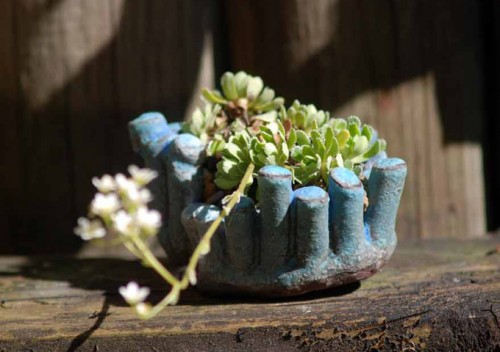 The somewhat understated plant is perfectly suited to the wonderfully wacky pot. The photo is from Delphine’s Paradise Express blog.
The somewhat understated plant is perfectly suited to the wonderfully wacky pot. The photo is from Delphine’s Paradise Express blog.
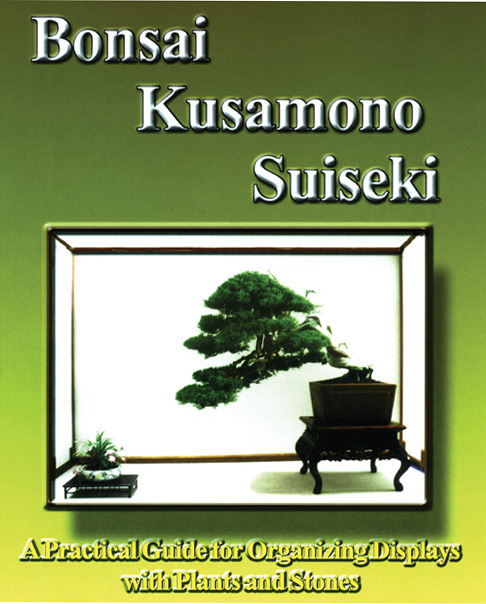 The definitive book on companion plants and bonsai display. Now only 9.95 at Stone Lantern. This low price is even better when you consider our 10% to 30% site wide sale.
The definitive book on companion plants and bonsai display. Now only 9.95 at Stone Lantern. This low price is even better when you consider our 10% to 30% site wide sale.
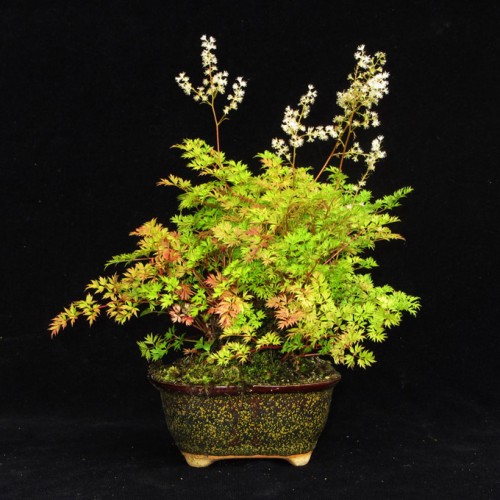
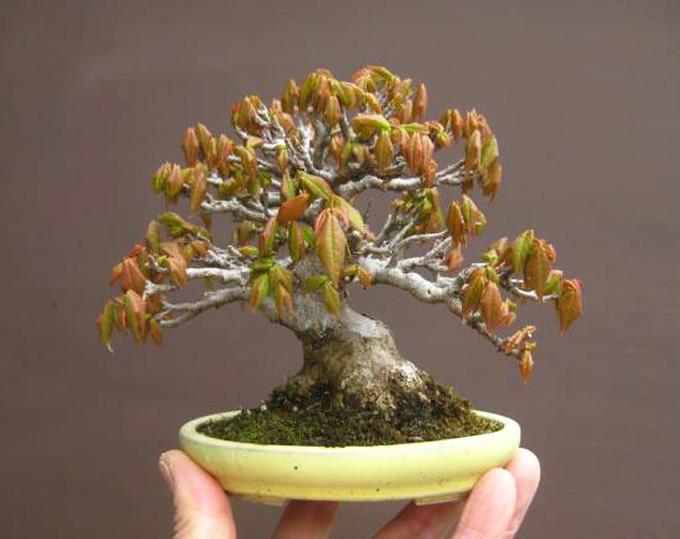
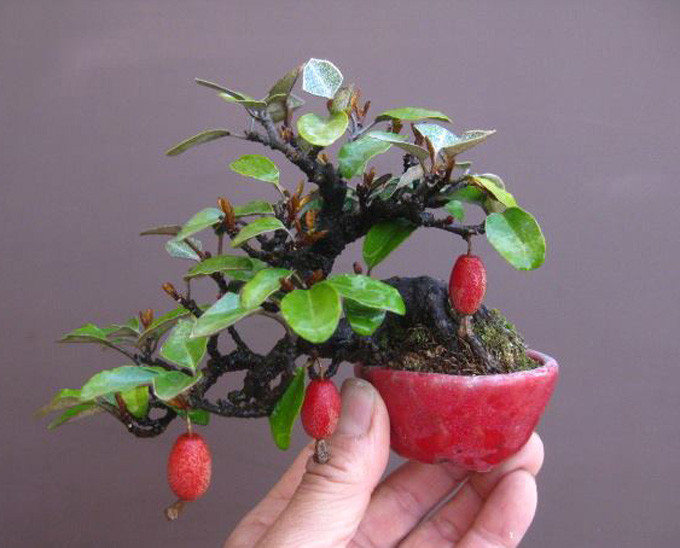
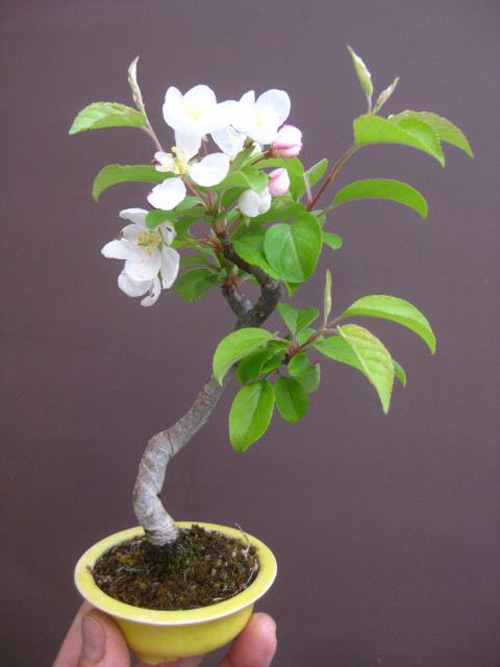
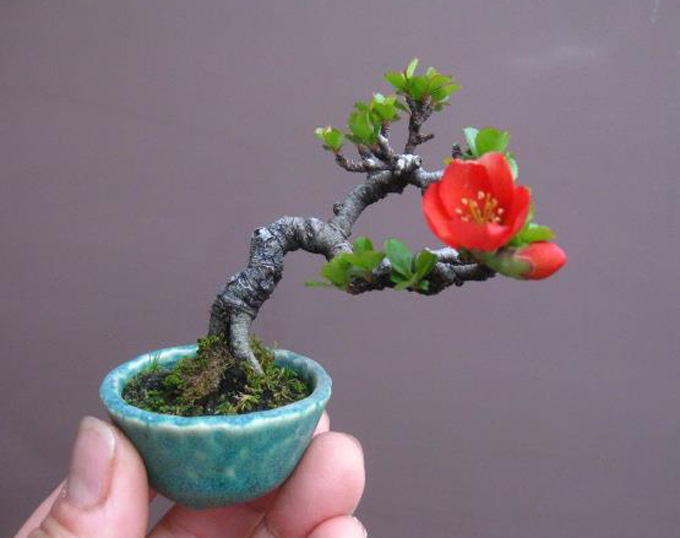
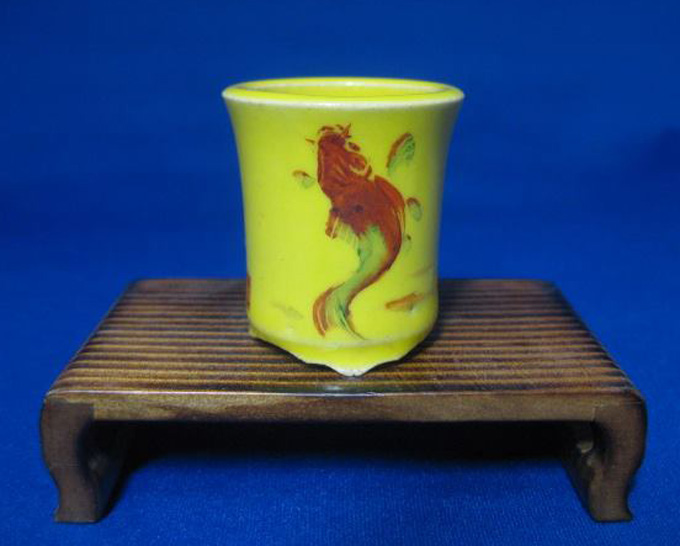
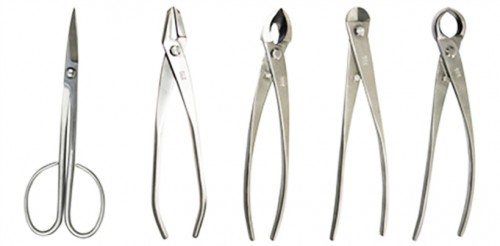

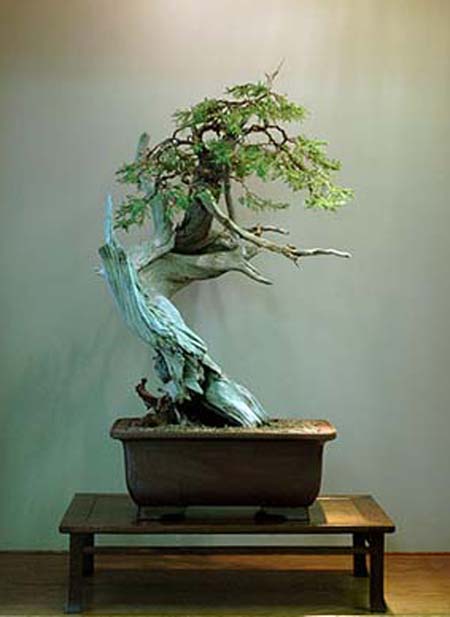
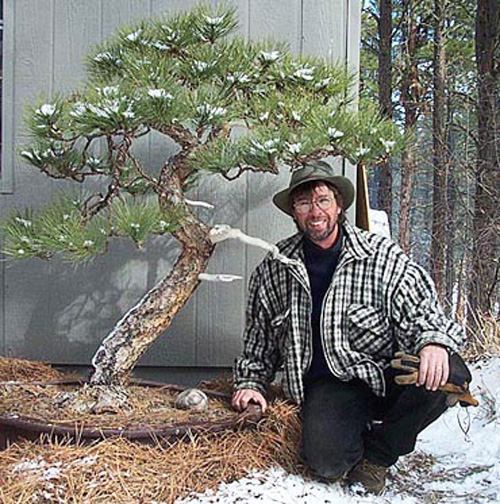
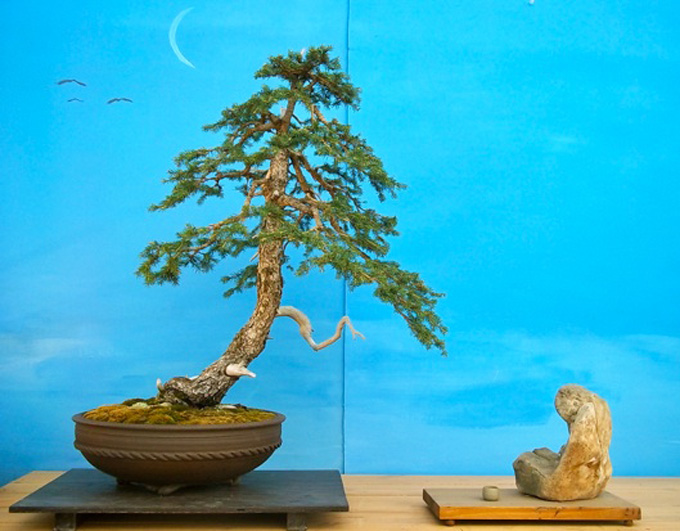

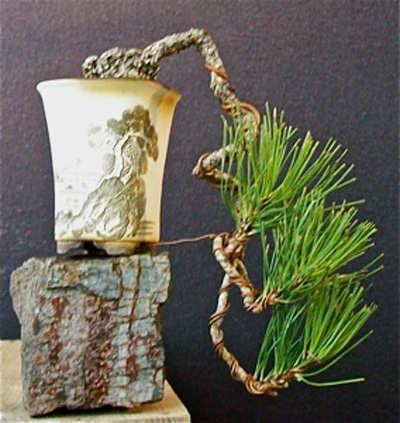
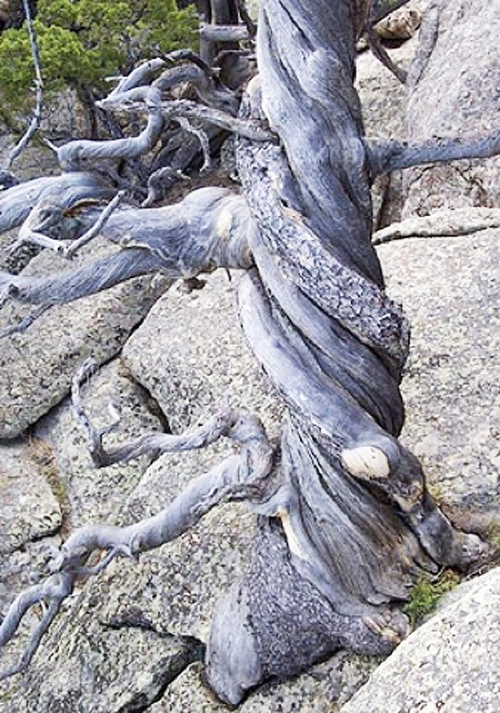


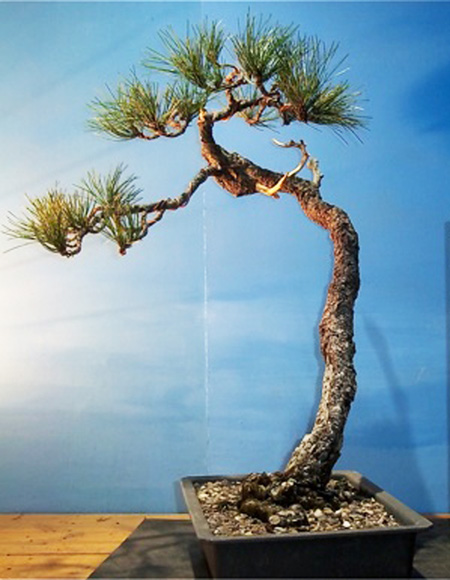

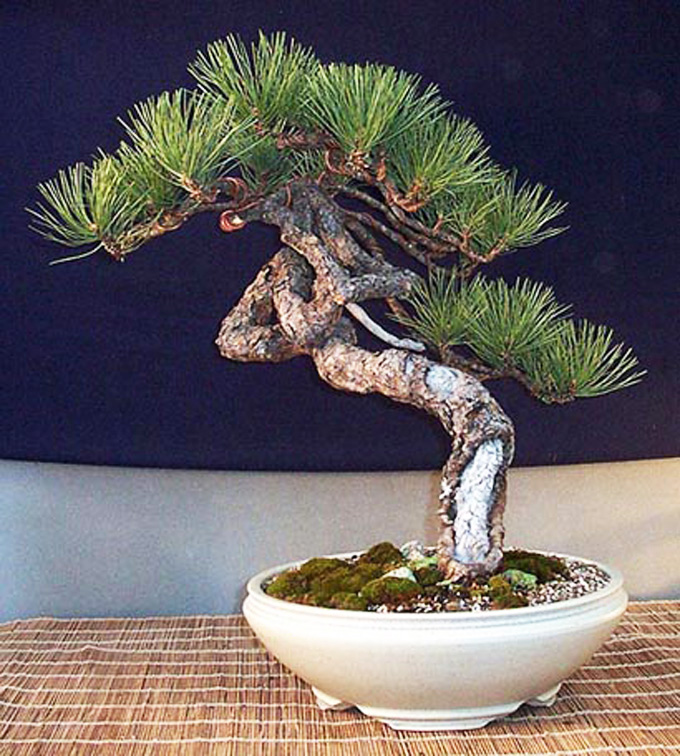

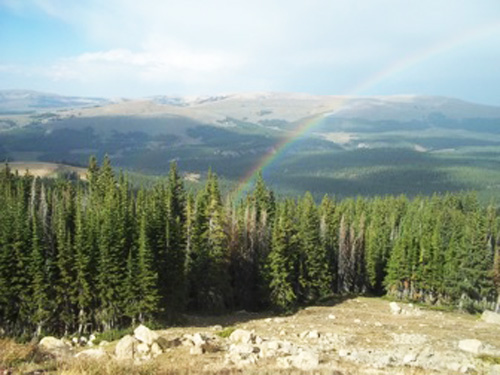
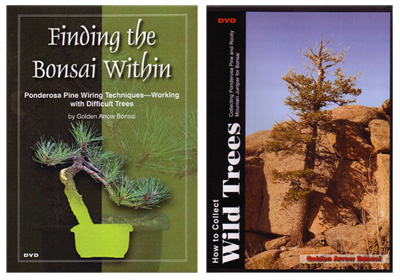 Andy’s DVDs
Andy’s DVDs